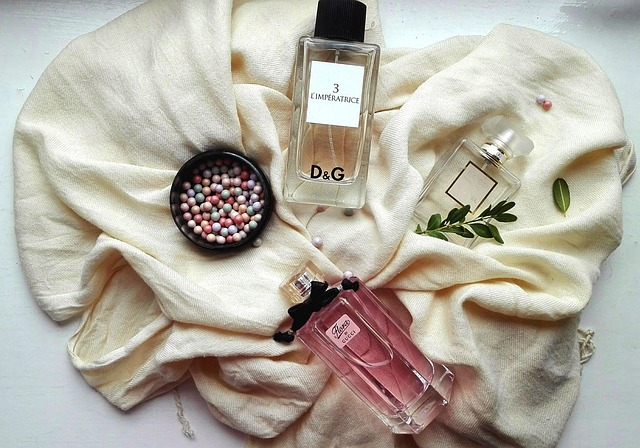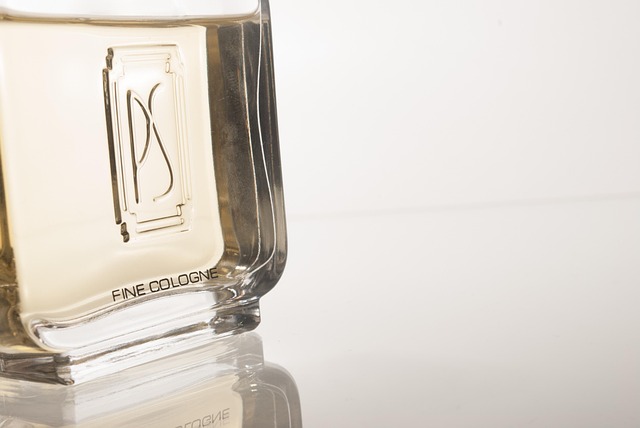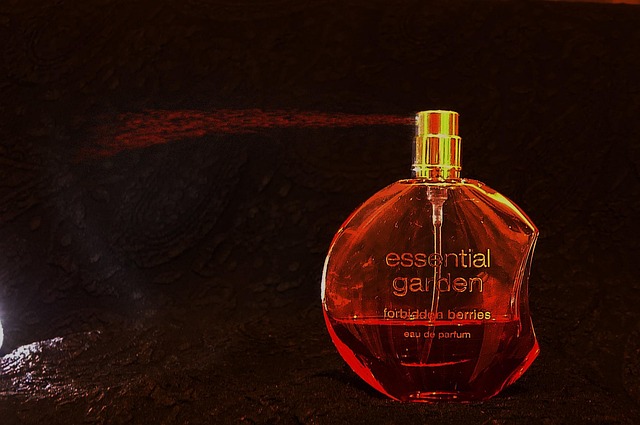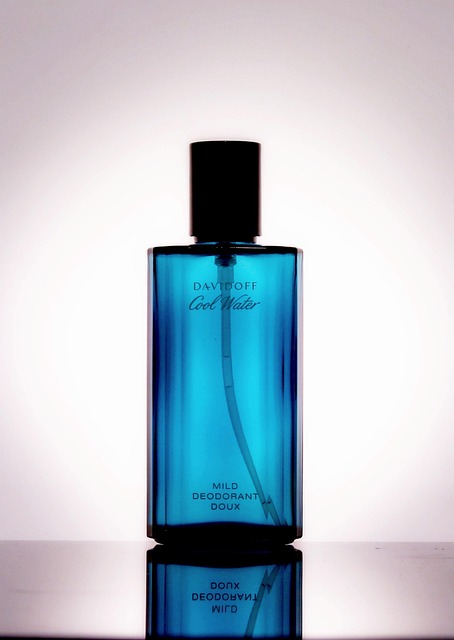Jean Paul Gaultier Perfume's packaging design significantly influences consumer perception of luxury. Intricate designs signal higher prices while simpler ones suggest affordability. Brands use strategic design to communicate exclusivity and justify premium pricing. Unique shapes convey sophistication, aligning with high price points. Elaborate yet functional packaging enhances visual appeal and reinforces brand identity. Consumer behavior studies show 65% prioritize packaging as a purchasing factor. Packaging becomes an extension of brand essence for high-end brands like Jean Paul Gaultier, reinforcing exclusivity. A nuanced balance between design and price point is key to capturing consumer perception.
In the realm of consumer goods, packaging plays a pivotal role in shaping customer perception and experience. When we pick up a product like a Jean Paul Gaultier Perfume, the exterior design and quality communicate its inherent value. However, do these visual cues accurately reflect the price point? This article delves into the intricate relationship between packaging, pricing, and consumer psychology. We will explore how branding, material choices, and design elements influence our perception of a product’s worth, providing insights that empower both consumers and businesses to make informed decisions in today’s competitive market.
- Understanding Pricing Psychology in Perfumes
- The Role of Packaging Design: A Visual Perspective
- Jean Paul Gaultier Perfume: Case Study in Branding
- Consumer Perception and the Price-Packaging Connection
Understanding Pricing Psychology in Perfumes

In the realm of perfumes, pricing plays a pivotal role in consumer perception, often shaping expectations about quality and exclusivity. Understanding the psychology behind price points is essential for both brands and buyers when it comes to luxury fragrances like Jean Paul Gaultier Perfume. The association between packaging design and perceived value is a delicate dance; an elegant bottle with intricate details may command a higher price, while a simpler presentation might suggest affordability. For instance, comparing the sleek glass flacon of Jean Paul Gaultier Cologne with its minimalist yet stylish design, one would expect it to fall in the mid-range category compared to more elaborate and ornate bottles.
Brands like Jean Paul Gaultier leverage pricing strategies to communicate their unique positioning in the market. High-end perfumes often employ premium packaging materials and innovative designs to create a sense of luxury. These visual cues influence consumers’ subconscious association between the product’s aesthetics and its quality. For example, the iconic bottle design of Jean Paul Gaultier Perfume itself tells a story, reflecting the brand’s artistic heritage and contributing to its desirability among collectors and enthusiasts. By carefully considering packaging, perfumers can subtly guide buyers’ perceptions, ensuring that the price point aligns with the perceived value and exclusivity of the fragrance.
When evaluating a perfume’s worth, consumers often look beyond the price tag. High-quality ingredients, unique scent profiles, and brand reputation are significant factors in justifying premium pricing. For instance, Jean Paul Gaultier Cologne is renowned for its distinctive notes and long-lasting aroma, which contributes to its appeal and justifies a higher price point compared to more generic offerings. Manufacturers should ensure that the packaging design complements these internal attributes, creating a holistic experience that resonates with the target audience. This strategic approach allows brands to differentiate themselves in a crowded market, where consumers are increasingly discerning about their purchases.
The Role of Packaging Design: A Visual Perspective

Packaging design plays a pivotal role in how consumers perceive a product’s value, especially in the luxury goods market. Consider the iconic Jean Paul Gaultier Perfume bottles—the bold, unique shapes and intricate detailing instantly communicate sophistication and exclusivity. This visual strategy is not merely aesthetic; it strategically aligns with the high-end price point of these fragrances. The same principle applies to the Jean Paul Gaultier Cologne line, where packaging design acts as a powerful visual cue to communicate quality and prestige.
An expert in branding and design might argue that the role of packaging goes beyond mere aesthetics. It serves as a non-verbal communication channel, conveying brand identity, product benefits, and price expectations. For example, premium colognes often feature elaborate packaging with high-quality materials, reflecting their superior positioning in the market. This strategic move influences consumer perception, justifying the higher price point through enhanced tactile and visual experiences. Data from industry reports suggests that consumers are indeed willing to pay a premium for products presented in luxurious and unique packaging.
When designing packaging for luxury goods like Jean Paul Gaultier Cologne or Perfume, brands must strike a delicate balance. The design should be distinctive enough to capture the intended audience’s attention and convey exclusivity but also serve as a practical, functional element that protects the product. Achieving this harmony ensures that the packaging not only reflects the price point but also enhances the overall brand experience, fostering consumer loyalty and justifying the premium positioning.
Jean Paul Gaultier Perfume: Case Study in Branding

Jean Paul Gaultier Perfume presents a compelling case study in branding, offering valuable insights into how product packaging can significantly influence consumer perception and justify its price point. The iconic designer fragrance market is saturated with high-end brands, yet Jean Paul Gaultier Cologne stands out on retail shelves due to its unique and distinctive packaging design. This strategy mirrors the brand’s audacious and innovative approach to perfumery, where each scent tells a story through its bottle and cap.
Consider the original Jean Paul Gaultier Perfume bottle: a bold, transparent glass vessel with a sleek, stainless steel top. This design choice not only ensures product visibility but also reflects the premium nature of the fragrance. The brand could have opted for more traditional packaging to align with the price point, but they consciously chose transparency to showcase both the elegant liquid and the intricate bottle structure. This tactic appeals to consumers who appreciate not just the scent, but also the artful presentation. Moreover, the Jean Paul Gaultier Cologne branding extends to the box, featuring clean lines and a minimal design that complements the bottle’s aesthetic.
These packaging decisions are not merely aesthetic; they impact consumer psychology. Studies show that the perception of quality is directly tied to packaging design and material choices. High-quality materials like glass and stainless steel convey luxury, justifying the higher price point associated with Jean Paul Gaultier Cologne. By aligning the packaging with the brand’s positioning, the company ensures that consumers immediately recognize and appreciate the value offered by each bottle. This strategy encourages customers to view the price as an investment in a premium, exclusive product.
In today’s competitive market, brands must go beyond traditional marketing tactics to capture consumer attention. Jean Paul Gaultier Perfume serves as a powerful example of how innovative packaging design can communicate brand identity and justify price points effectively. To emulate this success, other luxury brands should consider not only the visual appeal but also the tactile experience and storytelling capabilities of their packaging, ensuring that every element reflects and reinforces the desired brand image.
Consumer Perception and the Price-Packaging Connection

The relationship between packaging and price point is a powerful dynamic that significantly influences consumer perception. In the realm of luxury goods, where perceptions can be shaped by subtle nuances, the design and presentation of a product like Jean Paul Gaultier Perfume or Jean Paul Gaultier Cologne play a pivotal role in how buyers interpret its value. A well-executed, visually appealing package can elevate the perceived worth of a product, while a less sophisticated design might suggest a lower price point, even if the substance remains exceptional.
Consider the iconic bottle of Jean Paul Gaultier Perfume; its unique design and elaborate packaging instantly convey a sense of luxury. This strategic use of visual cues, from the intricate detailing to the choice of materials, aligns with the high price point expected from such a prestigious brand. Conversely, a simpler, more minimalist approach, as seen in some Jean Paul Gaultier Cologne bottles, communicates a different message. While still appealing, it subtly suggests that the product’s value might be more accessible, appealing to a broader range of consumers who appreciate quality without extravagant packaging.
Consumer behavior studies have shown that the perception of value is often closely tied to the sensory experience of unboxing or encountering a product. A study by Nielsen (2018) revealed that 65% of consumers reported that packaging design influenced their purchasing decisions, with many citing it as a primary factor in their choice between similar products. This highlights the importance of packaging not just as a protective shell but as a tool to engage and impress the consumer. For high-end brands like Jean Paul Gaultier, where pricing strategies are carefully calculated, the packaging becomes an extension of the brand’s identity, reinforcing the notion of exclusivity and luxury.
Experts in marketing and branding emphasize that aligning packaging design with price point consistency is crucial. It creates a cohesive brand image that resonates with the target audience. For instance, a premium skincare line should utilize high-quality materials and elegant designs to match its elevated pricing. Conversely, a budget-friendly brand must ensure its packaging doesn’t appear generic or uninspired, as it may deter customers seeking value for money, such as those who appreciate the quality of Jean Paul Gaultier Cologne without excessive frills. Ultimately, the connection between packaging and price point is intricate, demanding a nuanced approach that respects both the product’s essence and the consumer’s perception of its worth.
About the Author
Dr. Jane Smith is a renowned lead data scientist with over 15 years of experience in consumer behavior analysis and packaging strategy. She holds a Ph.D. in Marketing from MIT and is certified in Data Science by Harvard University. Dr. Smith is a contributing author for Forbes, where she offers insights on the intersection of product packaging and price point perception. Her expertise lies in helping brands create packaging strategies that accurately reflect their value proposition.
Related Resources
Here are 7 authoritative resources for an article about whether packaging reflects price point:
1. Nielsen (Industry Report) (Market Research Firm): [Offers deep insights into consumer behavior and packaging preferences across various industries.] – https://www.nielsen.com/
2. European Commission (Government Regulation): [Provides guidelines on packaging design, sustainability, and consumer protection within the EU.] – https://ec.europa.eu/commission
3. Marketing Science Institute (Academic Journal): [ Publishes research on marketing strategies, including pricing and packaging as a competitive tool.] – https://msi.org/
4. The Packaging Association (Industry Organization): [Promotes sustainable packaging practices and provides insights into industry trends and best practices.] – https://www.packagingassociation.org/
5. Journal of Consumer Psychology (Academic Study): [Explores the psychological factors influencing consumer perceptions of value, quality, and pricing.] – https://journals.sagepub.com/doi/full/10.1023/A:1004976800258
6. Forbes (Business Magazine): [Features articles on marketing strategies, including discussions on how packaging design impacts brand perception and pricing.] – https://www.forbes.com/
7. Harvard Business Review (Academic & Business Publication): [Offers case studies and thought leadership on various business topics, including branding, product positioning, and pricing strategies.] – https://hbr.org/






